Home>Home Appliances>Home Automation Appliances>What Is Google Home Assistant
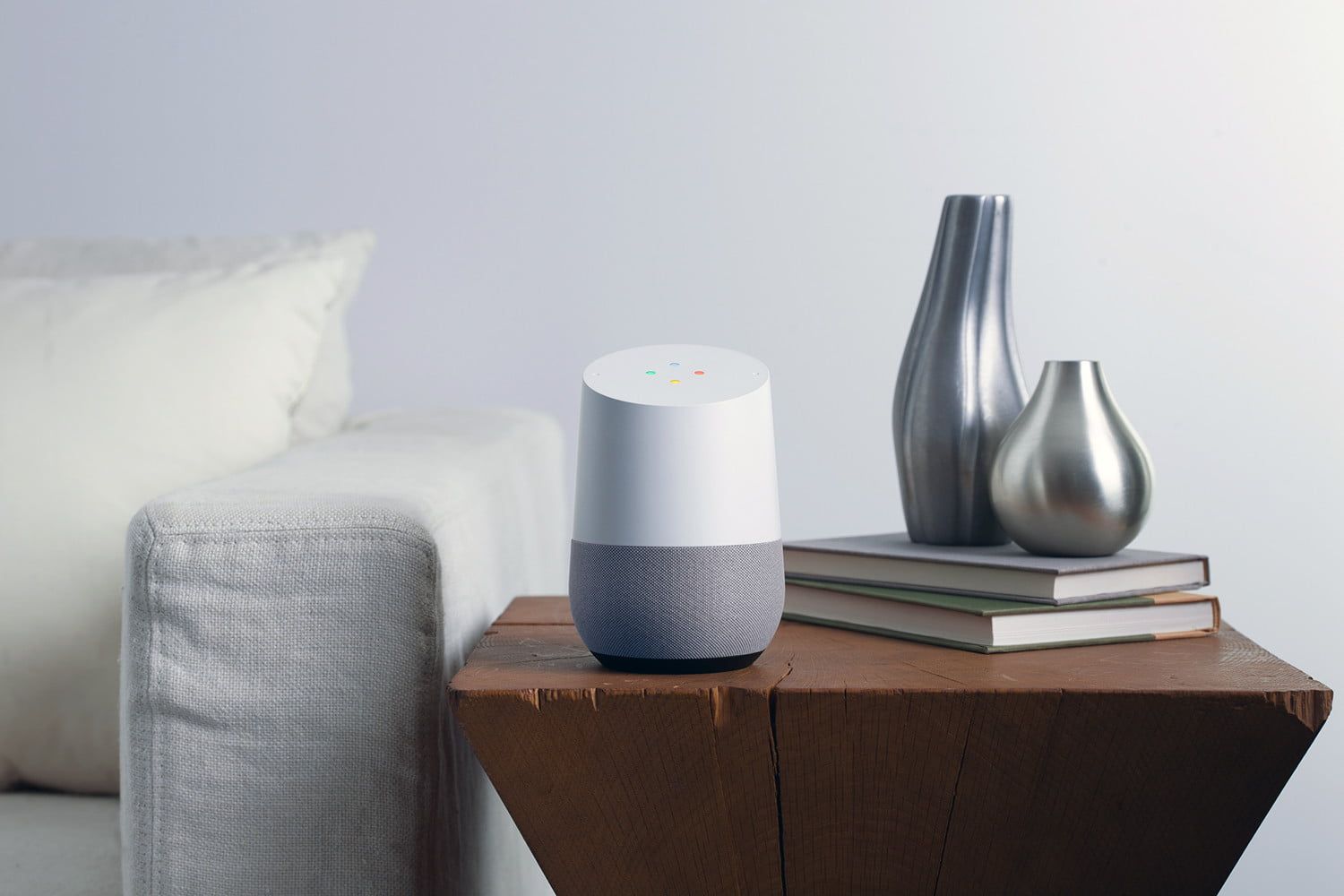

Home Automation Appliances
What Is Google Home Assistant
Modified: January 6, 2024
Discover the convenience of home automation appliances with Google Home Assistant. Simplify your daily tasks and control your smart devices with ease. Explore the possibilities today!
(Many of the links in this article redirect to a specific reviewed product. Your purchase of these products through affiliate links helps to generate commission for Storables.com, at no extra cost. Learn more)
**
Introduction
**
Welcome to the world of Google Home Assistant, a revolutionary technology that brings the power of artificial intelligence and voice recognition into your home. With Google Home Assistant, you can seamlessly control various smart devices, access information, and streamline everyday tasks using simple voice commands. This article will delve into the history, features, functionality, compatibility, and privacy aspects of Google Home Assistant, providing you with a comprehensive understanding of this cutting-edge home automation system.
Google Home Assistant is designed to simplify your life by integrating seamlessly into your home environment, offering a hands-free approach to managing your daily routines. Whether you want to adjust the thermostat, play your favorite music, set reminders, or get real-time weather updates, Google Home Assistant is at your service, ready to fulfill your commands with remarkable accuracy and efficiency.
As we explore the intricacies of Google Home Assistant, you will gain valuable insights into how this technology has evolved, the advanced features it offers, and the considerations you should keep in mind to make the most of this innovative home automation solution. So, sit back, relax, and embark on a journey to discover the wonders of Google Home Assistant.
**
Key Takeaways:
- Google Home Assistant is a smart technology that lets you control your home using just your voice. It can adjust the thermostat, play music, and even give you weather updates, making life easier and more convenient.
- With Google Home Assistant, you can connect and control a wide range of smart devices in your home, from lights to security cameras. It also respects your privacy by giving you control over your data and offering robust security measures.
History of Google Home Assistant
**
Google Home Assistant, also known as Google Assistant, was first introduced at the Google I/O developer conference in May 2016. It marked Google’s foray into the realm of smart home technology, aiming to rival other virtual assistants such as Amazon’s Alexa and Apple’s Siri. The underlying goal was to create a versatile and intuitive AI-powered assistant that could seamlessly integrate with a wide range of smart devices and services, providing users with a centralized hub for controlling their connected home ecosystem.
Following its initial unveiling, Google Home, the physical smart speaker powered by Google Assistant, was released in November 2016. This marked the official entry of Google into the smart speaker market, offering users a dedicated device to interact with Google Assistant. Over time, Google has expanded its lineup of smart speakers and smart displays, further enhancing the accessibility and functionality of Google Assistant within the home environment.
One of the key milestones in the evolution of Google Home Assistant was the integration of Nest, a prominent player in the smart home industry, into the Google ecosystem. This strategic move allowed Google to leverage Nest’s expertise in home automation and bring forth a more cohesive and intelligent approach to managing smart devices and environmental controls through Google Assistant.
As Google continued to refine and enhance its AI capabilities, Google Assistant evolved into a multifaceted virtual companion, not only offering smart home control but also serving as a personal assistant capable of managing schedules, providing contextual information, and facilitating natural language interactions. The continuous development of Google Assistant has led to the incorporation of advanced features such as interpreter mode, proactive notifications, and enhanced language support, solidifying its position as a leading force in the realm of virtual assistants.
Today, Google Home Assistant stands as a testament to Google’s commitment to innovation, offering users a sophisticated and adaptable platform to orchestrate their smart homes and streamline their daily activities through the power of voice commands and intelligent automation.
**
Features of Google Home Assistant
**
Google Home Assistant boasts an impressive array of features designed to elevate your smart home experience and simplify your daily routines. From seamless integration with popular smart devices to advanced voice recognition capabilities, Google Assistant offers a wealth of functionalities that cater to diverse needs and preferences.
- Voice Control: Google Home Assistant enables hands-free control of various smart devices, allowing users to adjust lighting, thermostats, and other connected appliances with simple voice commands. This feature promotes convenience and accessibility, empowering users to interact with their smart home ecosystem effortlessly.
- Information Retrieval: Through Google Home Assistant, users can access a wide range of information, including weather updates, news briefs, traffic alerts, and general knowledge queries. By leveraging Google’s extensive knowledge graph, the assistant delivers accurate and relevant information in response to user inquiries.
- Entertainment Hub: With support for popular streaming services and media playback, Google Home Assistant serves as a versatile entertainment hub. Users can request their favorite music, podcasts, or audiobooks, and even control playback across compatible devices, creating a seamless audio-visual experience.
- Task Automation: Google Home Assistant facilitates task automation through routines and personalized commands. Users can create custom routines to trigger multiple actions simultaneously, such as adjusting smart lighting, playing specific playlists, and receiving personalized updates based on predefined triggers or schedules.
- Smart Home Integration: Google Assistant seamlessly integrates with a wide range of smart home devices and platforms, including thermostats, cameras, door locks, and more. This interoperability allows users to centralize control and monitoring, fostering a cohesive and interconnected smart home environment.
- Multi-Device Support: Google Home Assistant extends its capabilities across various devices, including smart speakers, smart displays, and mobile devices. This multi-device support ensures that users can interact with Google Assistant from different locations within their homes or while on the go, maintaining a consistent and reliable user experience.
These features collectively position Google Home Assistant as a versatile and indispensable asset for modern households, offering a seamless blend of smart home control, information access, entertainment, and personalized assistance, all powered by the unparalleled intelligence of Google’s virtual assistant technology.
**
How Google Home Assistant Works
**
Google Home Assistant operates as a sophisticated amalgamation of artificial intelligence, natural language processing, and seamless device integration, functioning as a central hub for smart home control and personalized assistance. At its core, the functionality of Google Assistant revolves around the following key elements:
Voice Recognition and Natural Language Processing: Google Home Assistant leverages advanced voice recognition algorithms to accurately interpret user commands and queries. By employing natural language processing (NLP) techniques, the assistant can comprehend and contextualize spoken requests, enabling fluid and intuitive interactions.
Cloud-Based AI Processing: When a user issues a voice command or query, the audio input is transmitted to Google's cloud infrastructure for processing. Through machine learning and AI algorithms, the assistant analyzes the input, identifies the user's intent, and retrieves relevant information or triggers appropriate actions.
Smart Home Device Integration: Google Home Assistant seamlessly integrates with a wide array of smart home devices and platforms, utilizing industry-standard communication protocols such as Wi-Fi, Bluetooth, and Zigbee. This integration enables users to control and monitor their smart appliances, lighting, thermostats, security cameras, and more, using voice commands or the Google Home app.
Contextual Understanding and Personalization: Through continuous learning and contextual understanding, Google Assistant can provide personalized responses and recommendations based on user preferences, historical interactions, and contextual cues. This personalized approach enhances the user experience and fosters a sense of tailored assistance.
Multi-Device Synchronization: Google Home Assistant synchronizes user preferences, routines, and settings across multiple devices, ensuring a consistent and seamless experience regardless of the device being used. This synchronization extends to smart speakers, smart displays, mobile devices, and other compatible hardware, enabling users to access their assistant from various touchpoints within their home environment.
By harmonizing these fundamental elements, Google Home Assistant delivers a cohesive and intuitive user experience, empowering individuals to effortlessly manage their smart home devices, access information, and streamline daily tasks through natural and conversational interactions. The underlying technology and infrastructure supporting Google Assistant form the backbone of its functionality, enabling it to serve as a versatile and indispensable companion within the modern connected home ecosystem.
**
Google Home Assistant is a voice-activated smart speaker that can help you with tasks like setting reminders, playing music, and controlling smart home devices. It can also answer questions and provide information on a wide range of topics.
Compatibility with Other Devices
**
Google Home Assistant is renowned for its extensive compatibility with a diverse range of smart devices, platforms, and services, fostering a seamlessly interconnected smart home environment. This broad compatibility extends to various categories of devices, enabling users to integrate and control their preferred smart appliances, entertainment systems, and environmental controls through Google Assistant. Key aspects of Google Home Assistant’s compatibility include:
- Smart Home Devices: Google Home Assistant integrates with a multitude of smart home devices, including smart bulbs, thermostats, door locks, security cameras, and smart switches. This compatibility is often facilitated through standardized communication protocols such as Wi-Fi, Zigbee, Z-Wave, or Bluetooth, allowing users to control and monitor their smart home ecosystem with ease.
- Entertainment Systems: Google Home Assistant seamlessly connects with popular entertainment devices and streaming platforms, enabling users to control media playback, adjust volume levels, and access content from services such as YouTube, Spotify, Netflix, and more. This integration enhances the entertainment experience by centralizing control and facilitating hands-free management of audio-visual content.
- Environmental Controls: Through compatible smart thermostats, air purifiers, and environmental sensors, Google Home Assistant enables users to regulate indoor climate settings, monitor air quality, and create personalized environmental preferences using voice commands or the Google Home app. This compatibility contributes to enhanced comfort, energy efficiency, and environmental awareness within the home.
- Voice-Activated Assistants: Google Home Assistant can synchronize and collaborate with other voice-activated assistants and smart speakers, providing a cohesive and interconnected voice control experience across multiple devices. This interoperability ensures that users can seamlessly transition between different assistant-enabled devices while maintaining a consistent and unified user experience.
Furthermore, Google Home Assistant’s compatibility extends to a wide array of third-party services and applications, allowing users to leverage the assistant’s capabilities for tasks such as ordering food, booking rides, managing calendars, and accessing personalized content from integrated platforms. This expansive compatibility ecosystem underscores Google Home Assistant’s versatility and adaptability, catering to diverse user preferences and facilitating seamless integration with the broader smart home and digital ecosystem.
Read more: What Is Better: Alexa Or Google Assistant?
Privacy and Security Concerns
As with any technology that interacts with personal data and operates within the home environment, Google Home Assistant raises valid privacy and security considerations that users should be mindful of. Google has implemented various measures to address these concerns, but it is essential for users to understand the implications and take proactive steps to safeguard their privacy and security.
Privacy Controls: Google provides users with granular control over their privacy settings, allowing them to manage data collection, voice recordings, and personalized experiences. Through the Google Home app and associated account settings, users can review and delete voice interactions, adjust data sharing preferences, and configure privacy options to align with their comfort levels.
Voice Recognition and Data Storage: Google Home Assistant processes voice commands and interactions in the cloud, utilizing advanced speech recognition and natural language processing algorithms. While this facilitates personalized experiences and contextual understanding, it also necessitates the storage of voice data on Google’s servers. Users can review and manage their voice recordings, and Google offers transparency regarding the data retention and processing practices associated with voice inputs.
Security Protocols: Google employs robust security protocols to protect user data and ensure secure interactions with Google Home Assistant. This includes encryption of data transmissions, stringent access controls, and proactive measures to mitigate potential security vulnerabilities. Users are encouraged to enable two-factor authentication for their Google accounts and stay informed about security best practices to fortify their digital defenses.
Third-Party Integrations: When integrating third-party smart devices or services with Google Home Assistant, users should exercise caution and review the privacy policies and data handling practices of the respective providers. Ensuring that third-party integrations adhere to established privacy standards and data protection regulations is crucial for maintaining a secure and privacy-respecting smart home environment.
Continuous Improvement: Google is committed to ongoing refinement and enhancement of privacy and security features within Google Home Assistant. This includes regular updates to privacy controls, transparency reports, and security enhancements aimed at fortifying the platform against emerging threats and privacy challenges.
By staying informed about privacy settings, exercising discretion when integrating third-party devices, and remaining vigilant about security best practices, users can mitigate potential privacy and security concerns associated with Google Home Assistant, fostering a safe and trustworthy smart home environment.
Conclusion
Google Home Assistant stands as a testament to the transformative potential of artificial intelligence and voice-activated technology within the realm of smart home automation. With its seamless integration, advanced features, and personalized assistance, Google Home Assistant has redefined the way individuals interact with their homes, offering unparalleled convenience and connectivity.
As we’ve explored the history, features, functionality, compatibility, and privacy considerations surrounding Google Home Assistant, it becomes evident that this innovative platform represents a pivotal milestone in the evolution of smart home technology. From its inception at the Google I/O developer conference to its continuous evolution into a multifaceted virtual companion, Google Home Assistant has exemplified Google’s commitment to innovation and user-centric design.
The breadth of features offered by Google Home Assistant, including voice control, information retrieval, entertainment management, task automation, and smart home integration, underscores its versatility and adaptability to diverse user needs. Whether it’s adjusting the thermostat with a simple voice command, getting real-time weather updates, or orchestrating a personalized routine, Google Home Assistant empowers users to effortlessly navigate their smart home ecosystem.
Moreover, the extensive compatibility of Google Home Assistant with a wide array of smart devices, entertainment systems, and environmental controls underscores its role as a unifying force within the interconnected home environment. By fostering seamless integration and cohesive control, Google Home Assistant enhances the user experience and promotes a harmonious and intelligent living space.
While privacy and security concerns are inherent to any technology that interfaces with personal data, Google has taken proactive steps to empower users with privacy controls and robust security measures. By staying informed and leveraging the available privacy settings, users can enjoy the benefits of Google Home Assistant while safeguarding their privacy and digital security.
In conclusion, Google Home Assistant represents a convergence of cutting-edge technology, intuitive design, and personalized assistance, redefining the concept of a smart home and empowering users to interact with their living spaces in unprecedented ways. As Google continues to innovate and refine the capabilities of Google Home Assistant, the potential for seamless integration, intelligent automation, and personalized experiences within the smart home ecosystem is poised to expand, enriching the lives of users and shaping the future of home automation.
Frequently Asked Questions about What Is Google Home Assistant
Was this page helpful?
At Storables.com, we guarantee accurate and reliable information. Our content, validated by Expert Board Contributors, is crafted following stringent Editorial Policies. We're committed to providing you with well-researched, expert-backed insights for all your informational needs.
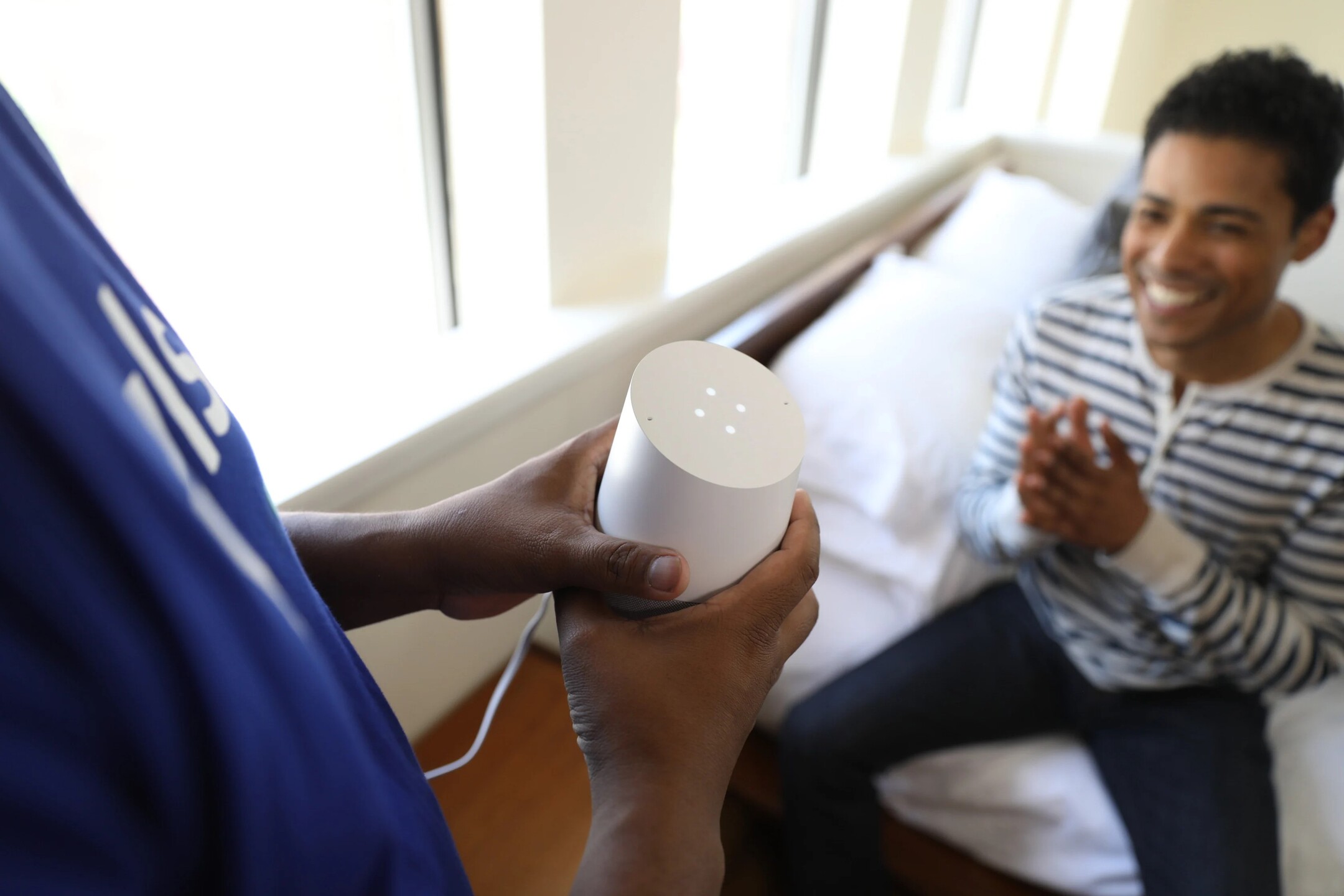
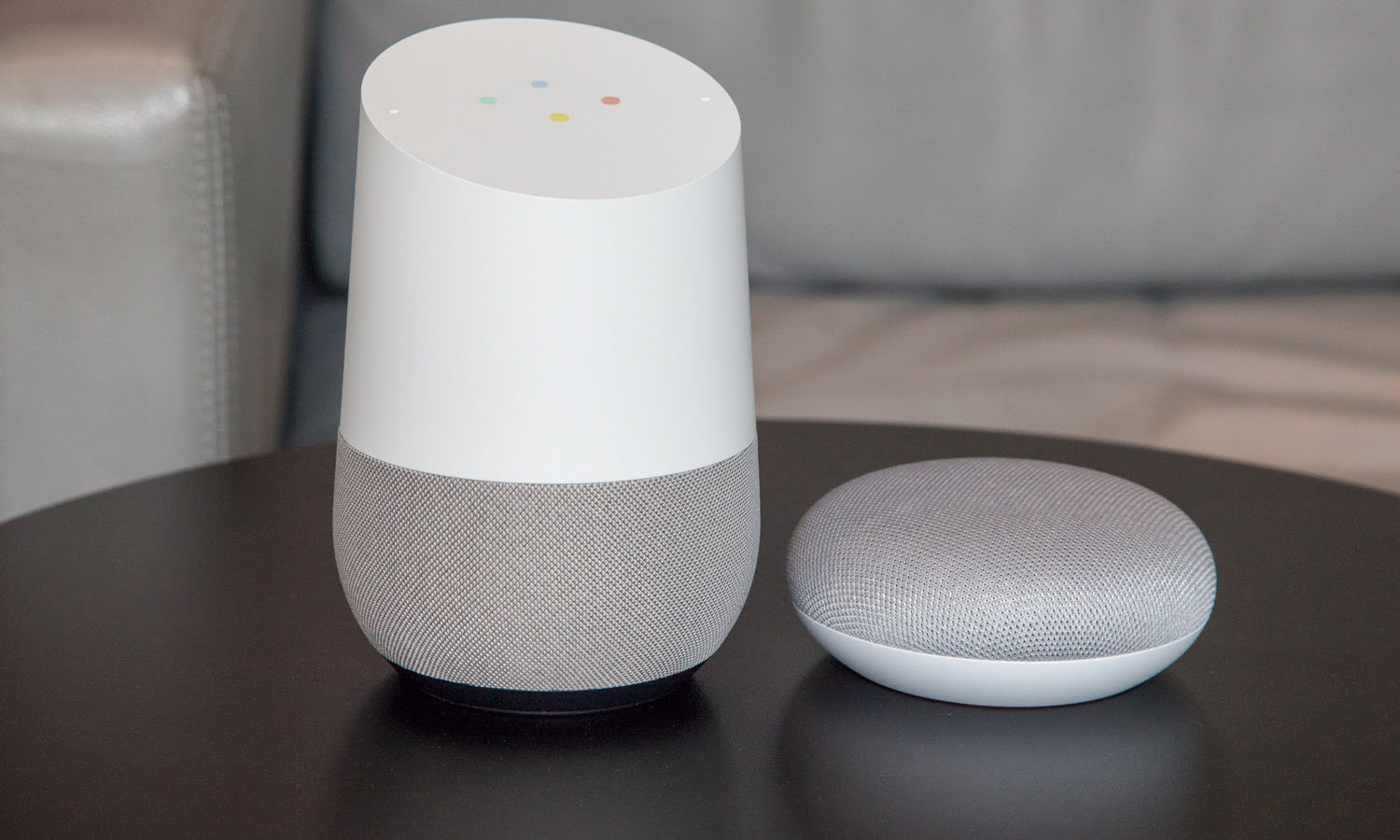
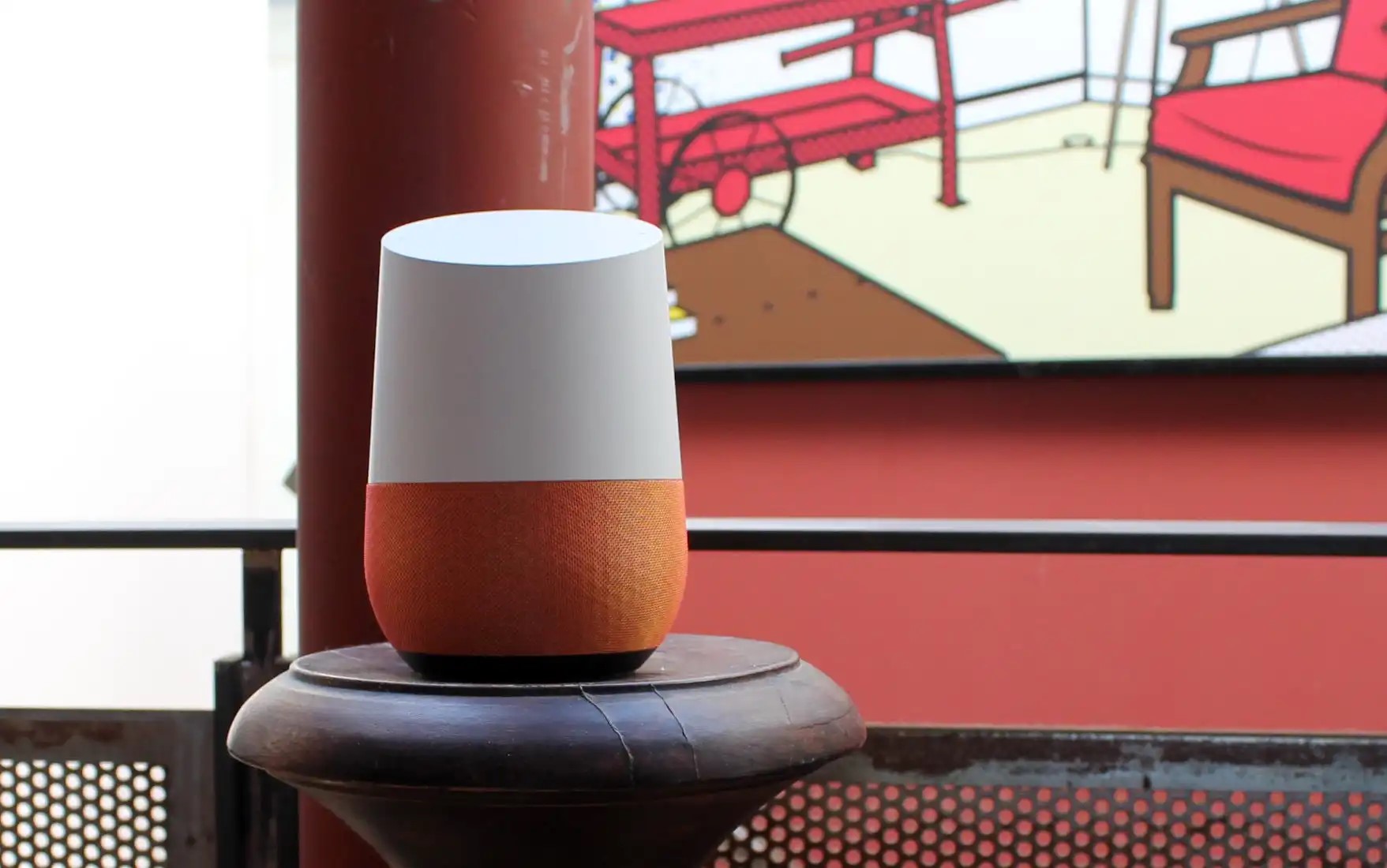
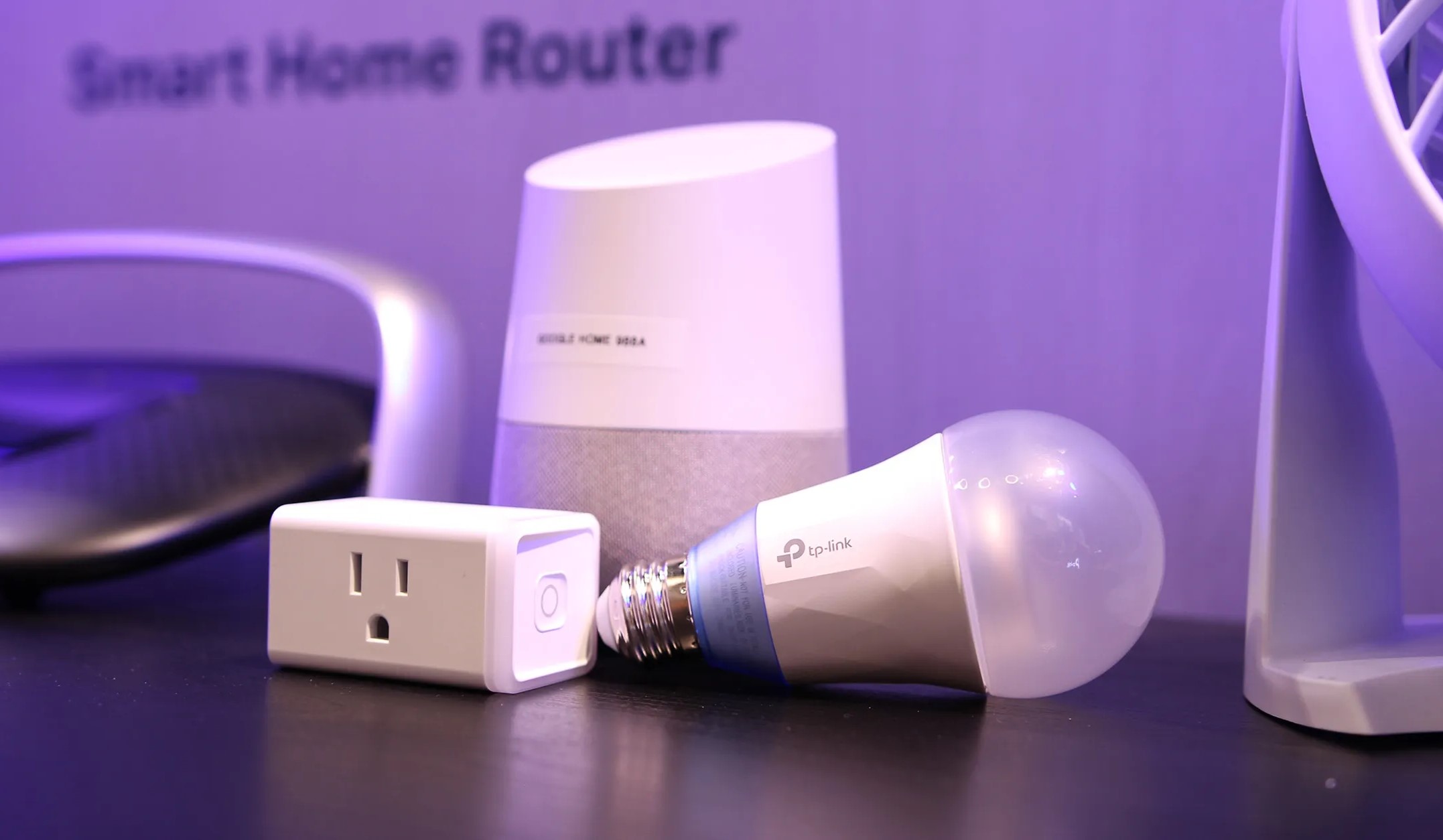
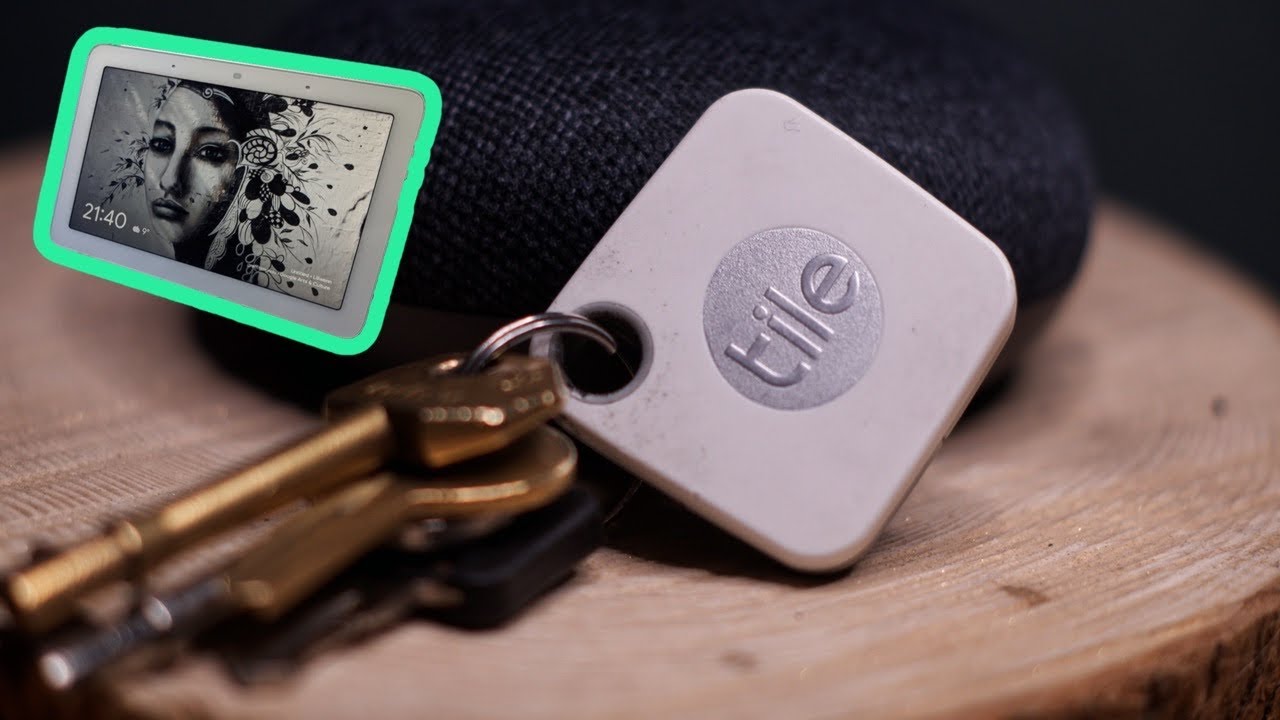
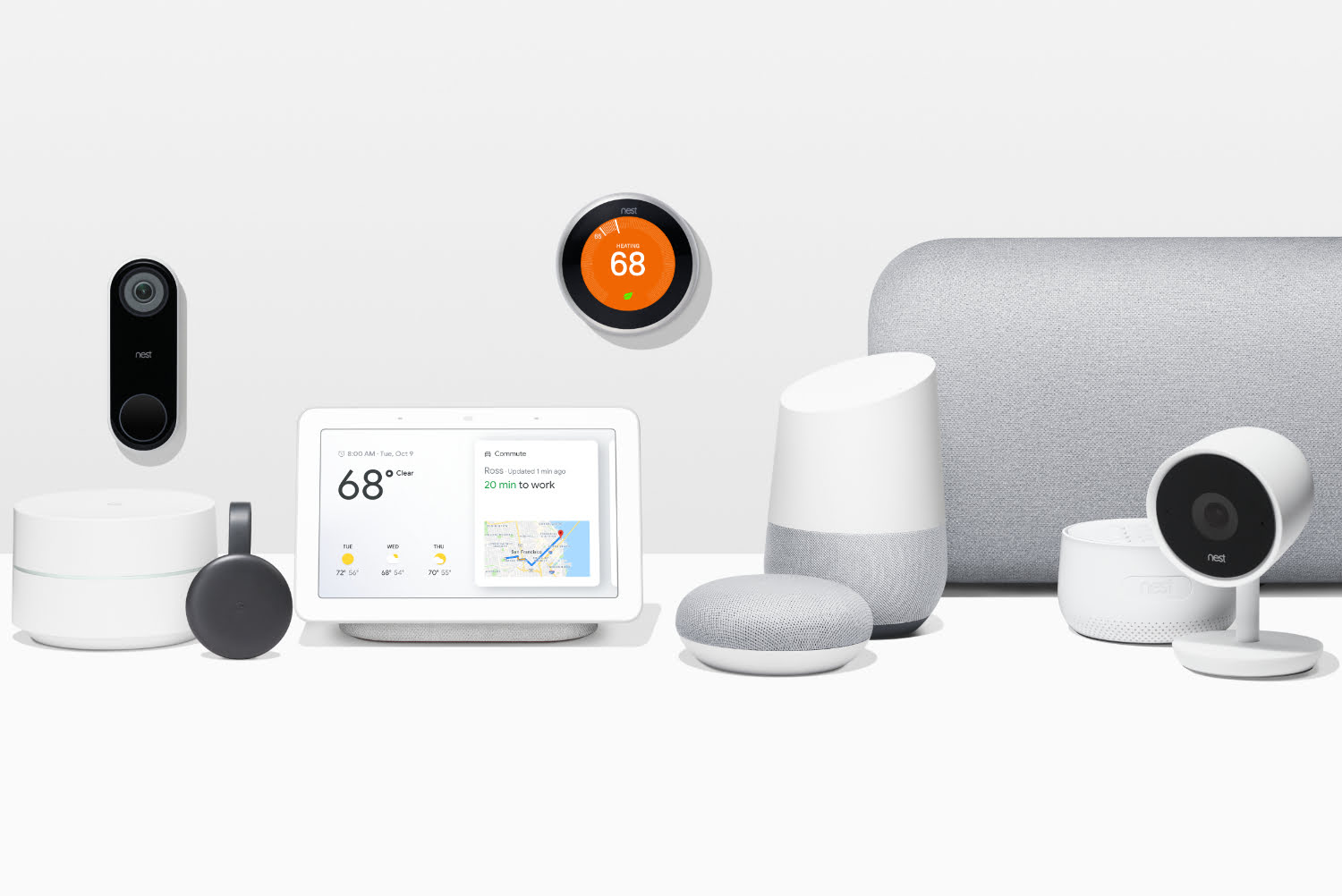

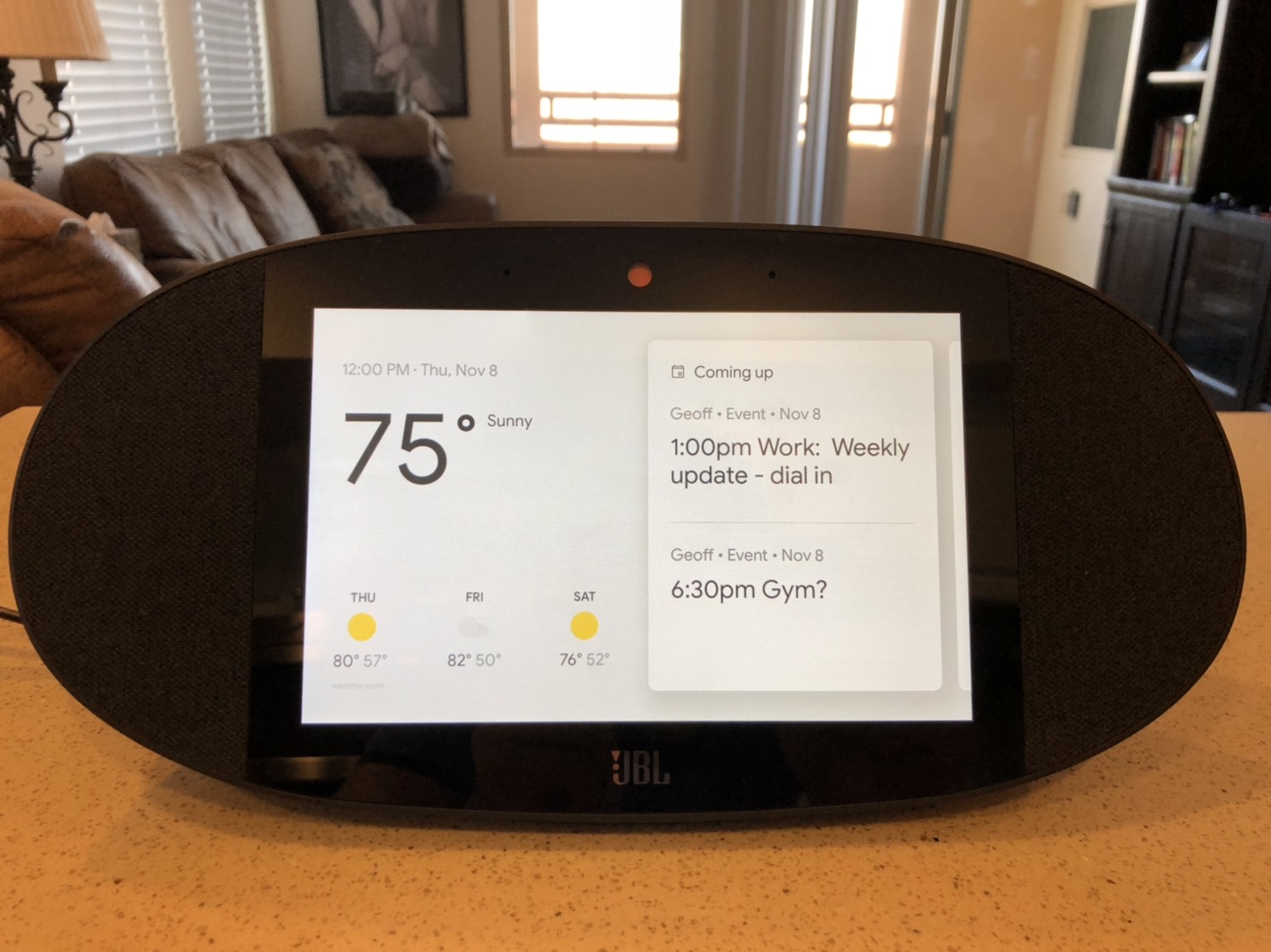

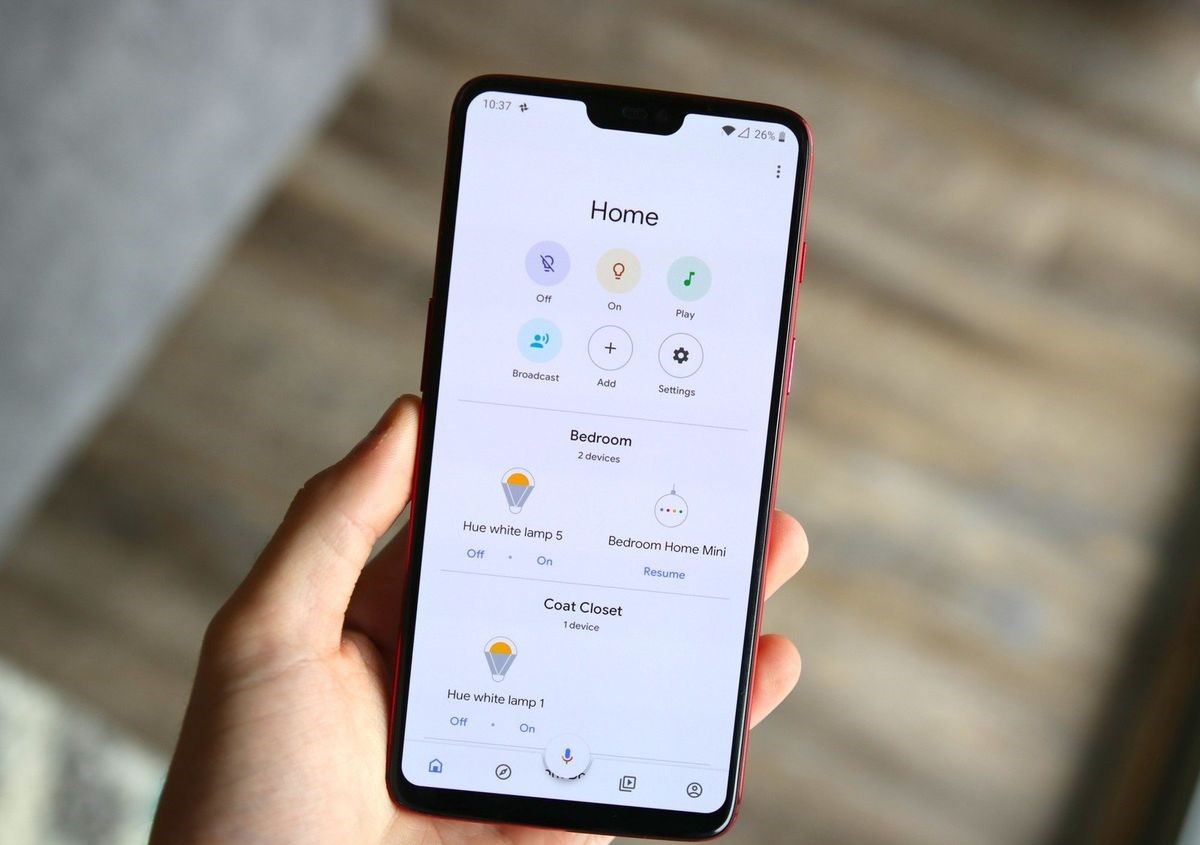
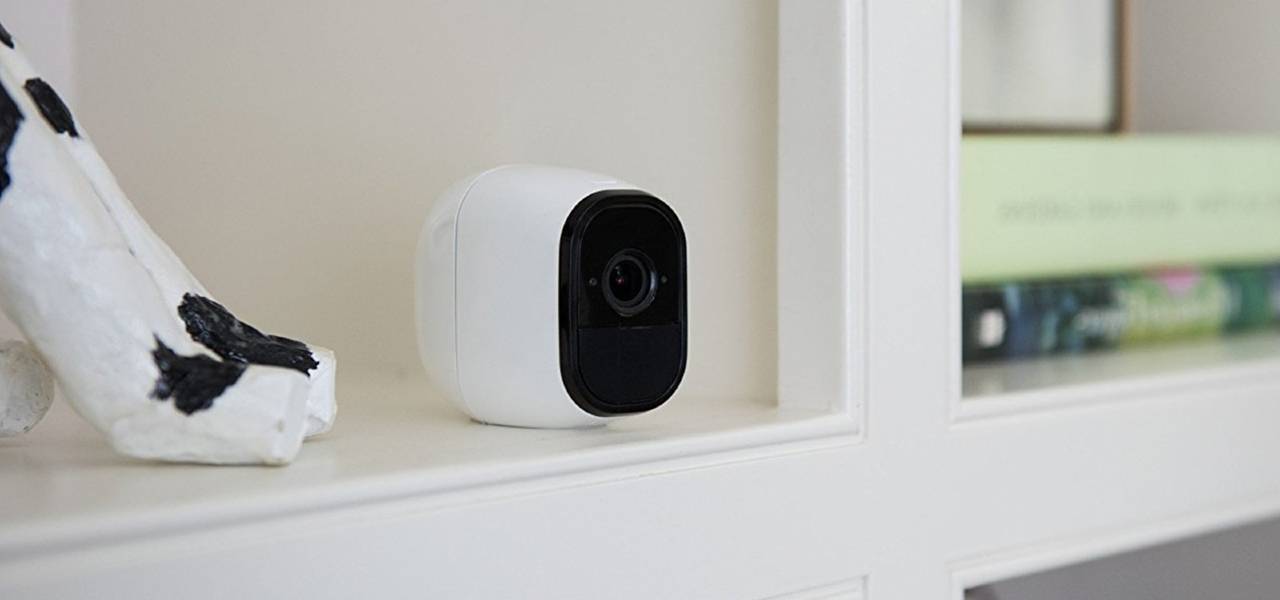
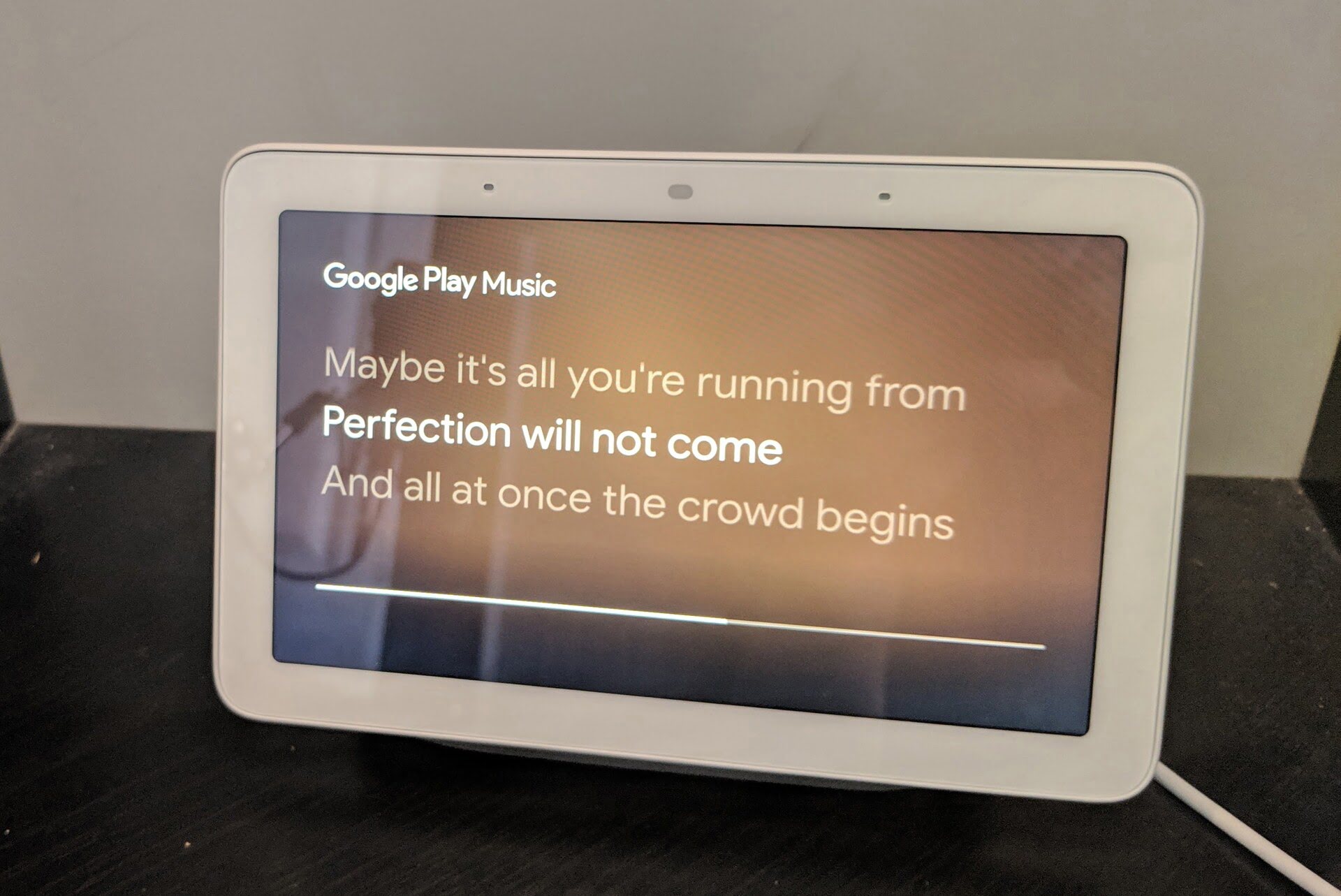
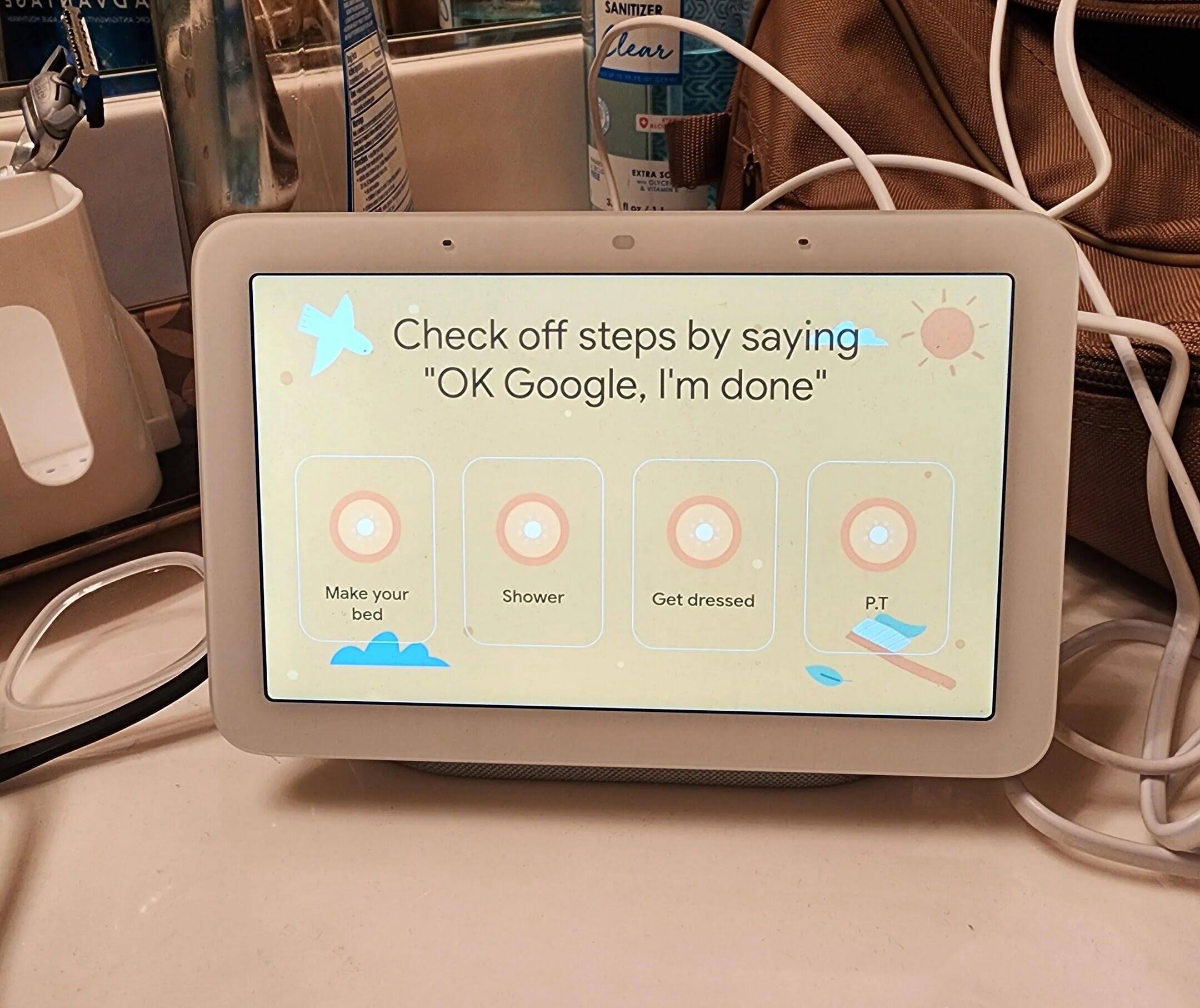
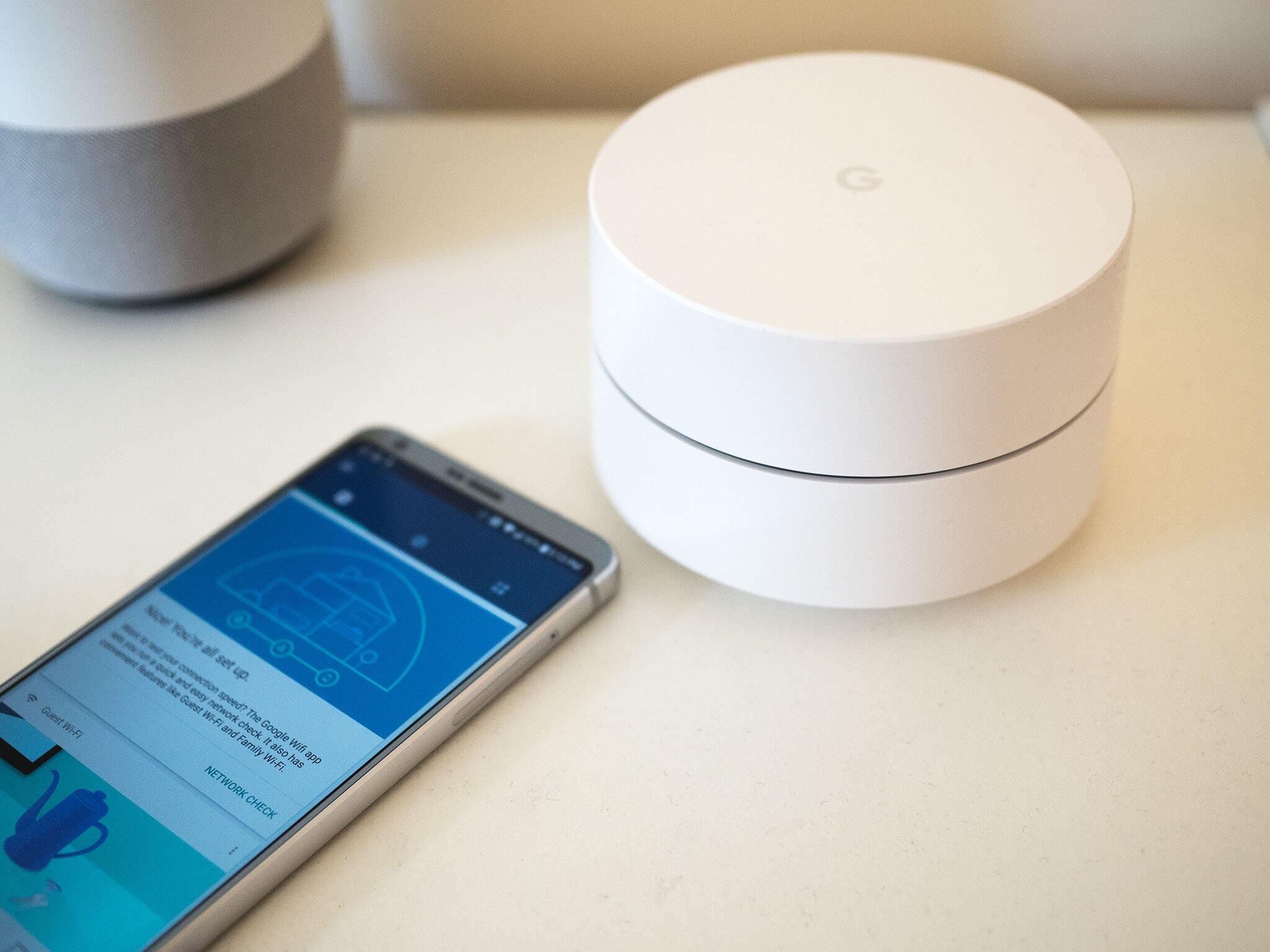

0 thoughts on “What Is Google Home Assistant”